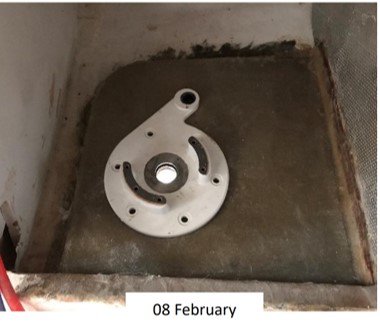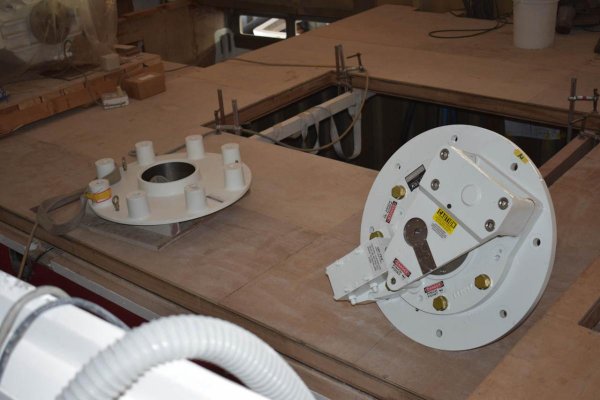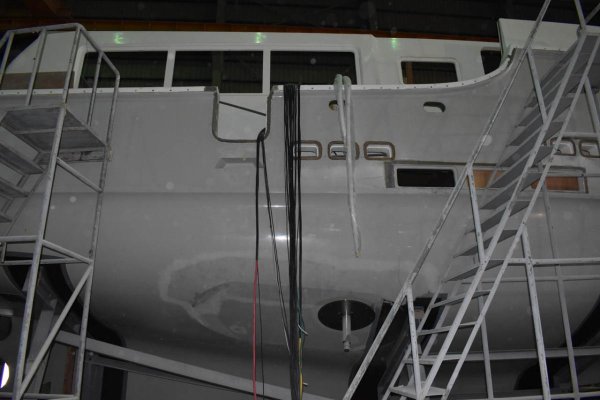Hornloaded
Veteran Member
Getting quotes for new stabilizers to install on my new to me trawler. I have priced Wesmar and Gyro-Gale. They are basically the same price for the parts. The big difference is the installation. I can do the Gyro-Gale my self (Basically free), the Wesmar will require professional installation.
From what I've read here and other places, people are very happy with Gyro-Gale. I like the idea of one less oil change on the boat.
Am I missing something?
From what I've read here and other places, people are very happy with Gyro-Gale. I like the idea of one less oil change on the boat.
Am I missing something?



